Fireplaces of Tattershall Castle
The near loss of the stately fireplaces at this medieval castle spawned some of Britain's most crucial historic preservation laws.
There is a medieval castle in Lincolnshire that rises five stories above the countryside, with stunning tapestries and grand fireplaces inside intricate brick walls. What many don’t know is that those fireplaces and tapestries tell an unexpected tale of architectural plunder, and ultimately historic preservation.
Tattershall Castle, which dates to the early 15th century, has parapets, great halls, two moats, stately fireplaces, and a legacy of helping to save dozens of architectural wonders. The removal of Tattershall’s fireplaces spawned Britain’s Ancient Monuments Consolidation and Amendment Act of 1913, one of today’s most effective architectural protection laws.
The year was 1910, and owners of historic buildings in the UK could mostly do with them as they wished. Tattershall, one of the first and most impressive castles of its type (brickwork was quite rare at the time) had suffered through years of neglect and fallen into disrepair. The entire place was bought, not to preserve it, but to break it up, pack it up, and ship it in pieces to the highest bidder. This included the historic tapestries and huge fireplaces, which were on the block to be sold to a buyer in the United States (rumored, maybe apocryphally, to be William Randolph Hearst).
The travesty of this remarkable structure succumbing to such a fate spurred the former Viceroy of India, Lord Curzon, to buy the castle and recover the fireplaces. Prehistoric sites in the UK had been protected since 1882, but more recent buildings (and in Britain, the 15th century counts as “more recent”) had no such protection. It was Curzon who introduced the first legislation to prevent the destruction of these important structures, beginning with Tattershall.
Lord Curzon fully restored the crumbling castle, and in 1925 left it in public hands where it is now part of the National Trust. At the time, his legislation only protected medieval buildings and earlier, but it was the precursor to later laws that have provided some of the most effective architectural conservation anywhere.
Know Before You Go
Tattershall is in Lincolnshire (east-central England), not far from the town of Boston (the original one). If you decide to visit, find time to see nearby Holy Trinity Church, which has a very active bat population with many of them active in the building in daylight hours during the summer.







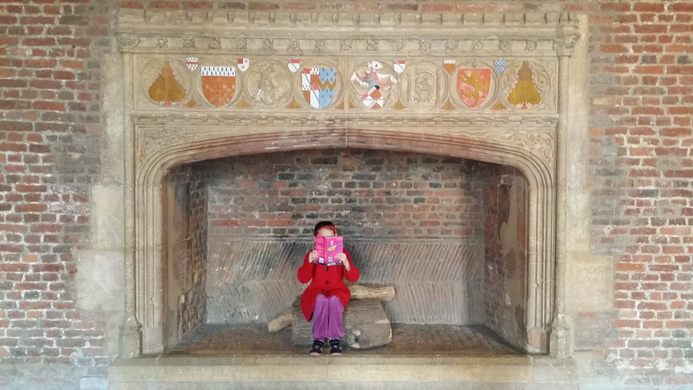
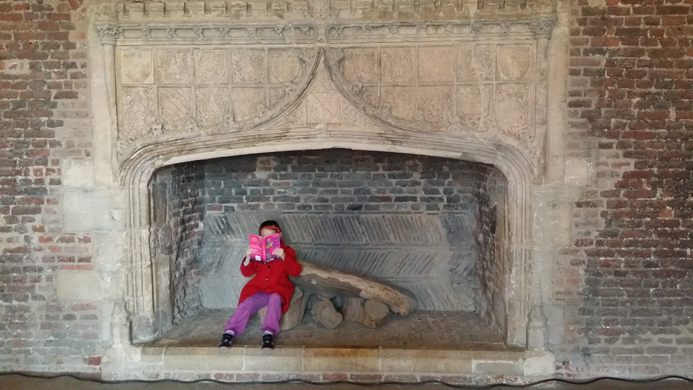
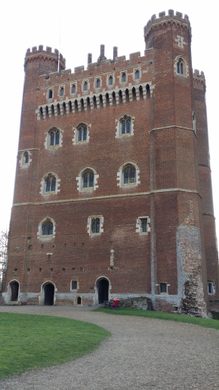



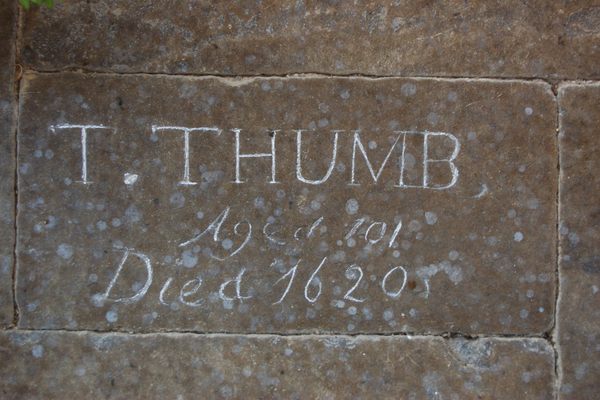


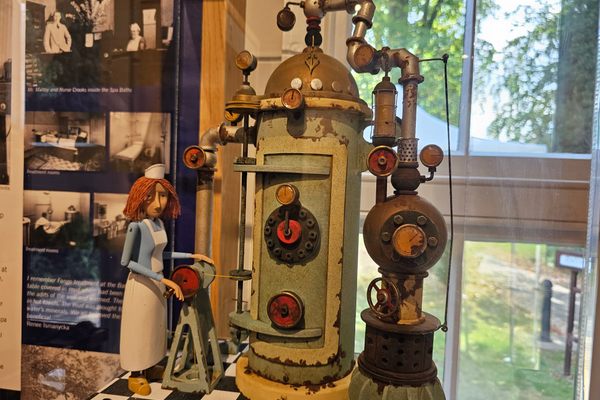

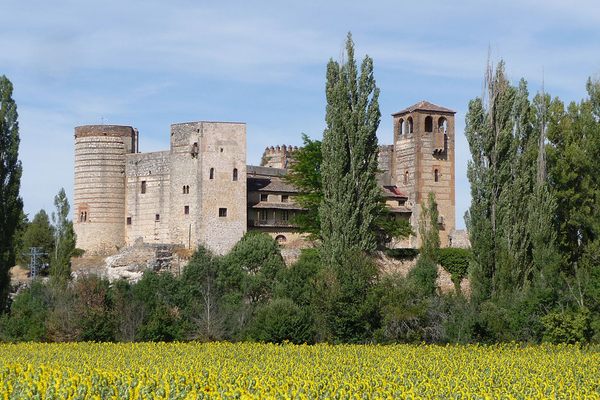
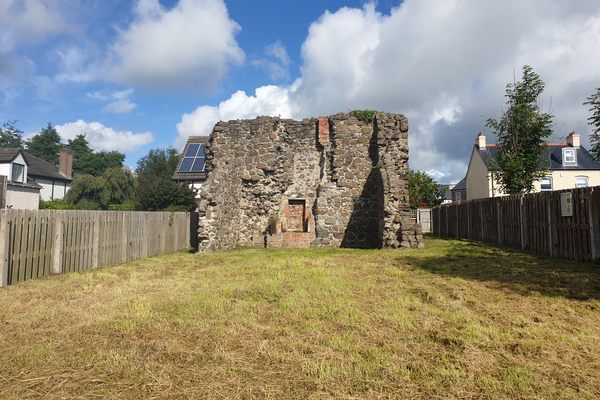


Follow us on Twitter to get the latest on the world's hidden wonders.
Like us on Facebook to get the latest on the world's hidden wonders.
Follow us on Twitter Like us on Facebook